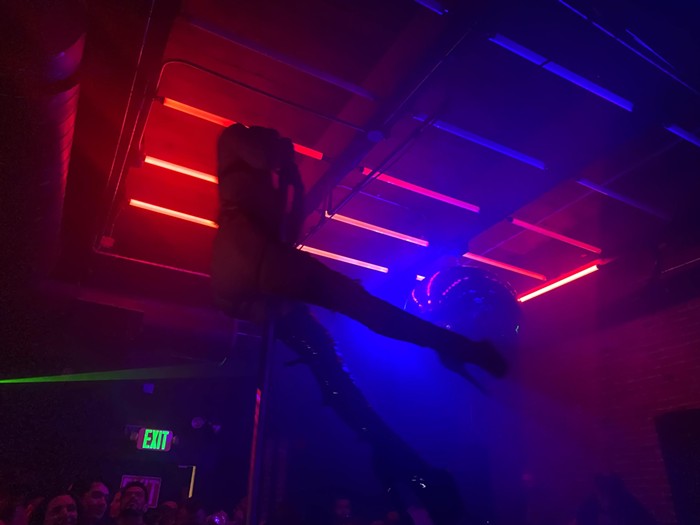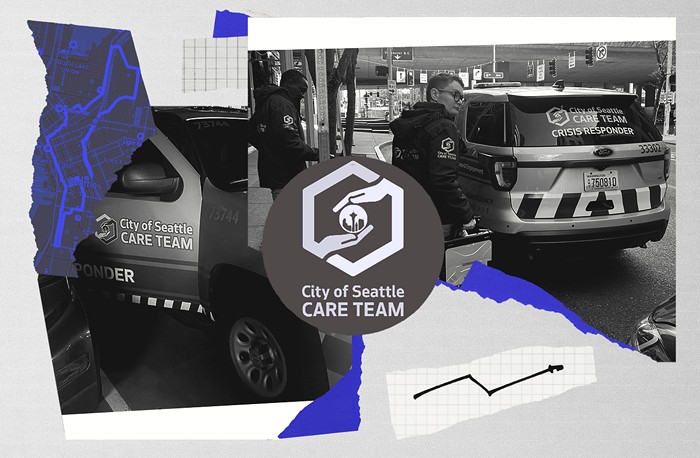"You can help save a Seattle neighborhood," read a hopeful subject line in my inbox. From what? I wondered. An evil corporate developer? A ruthless slumlord? A violent crime wave? No, it turns out. From the scourge of...
A bike lane.
Neighbors in Maple Leaf are mad that the city will soon repaint stripes on a 10-block stretch of Roosevelt Way Northeast, between 75th and 85th Streets, to make a new northbound bike lane. It'll mean losing parking on one side of the street, and a lane of traffic in morning rush hour on the other side of the street (where currently the parking strip turns into a peak-hour traffic lane).
David Virden has been a spokesman for outspoken neighbors who worry that losing parking and vehicle lanes will transform Roosevelt into a trafficky mess. "This proposal makes walking along this stretch of road much more dangerous," Virden warns.
It's a familiar argument.
Over the past few years, the city has reduced traffic lanes and built bicycle lanes on Nickerson Street, Stone Way North, Fauntleroy Way, and Northeast 125th Street—the controversial "road diets." In each case, neighbors claimed traffic would be worse and accidents would result. But those "predictions of gloom and doom," says SDOT spokesman Richard Sheridan, "never come to pass." The city found that on Stone Way, for example, traffic decreased 6 percent, injurious collisions dropped 33 percent, and bicycle traffic increased 35 percent.
Although the Maple Leaf project isn't a road diet, per se (it's less dramatic), these bike-lane clashes have represented a proxy battle over competing visions between transit, bicycles, and density, and an old-school mind-set that defends low-density neighborhoods built for cars.
Virden and his neighbors have been fighting the city on this Roosevelt restriping for three years. In that time, says SDOT project manager Brian Dougherty, the city has taken their feedback into account, allowing for two lanes of traffic near traffic signals to let vehicles turn quickly and allowing space for cars to pass buses at bus stops.
Some complaints Virden raised are legitimate. One section runs three blocks without any cross streets or crosswalks, which Virden calls "insane." On this point, Virden is right: SDOT should probably capitulate on this and put in another crosswalk. ![]()



















